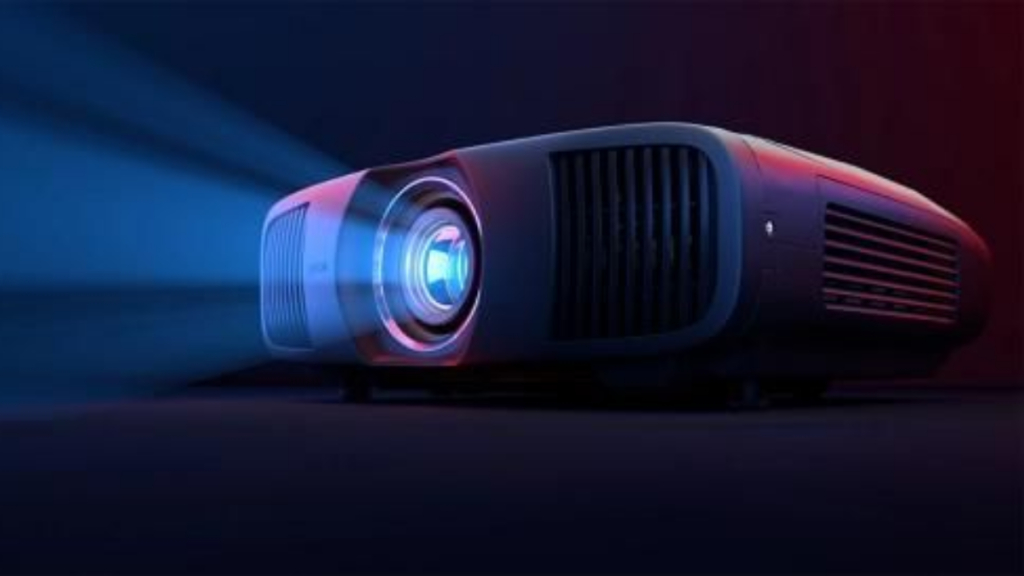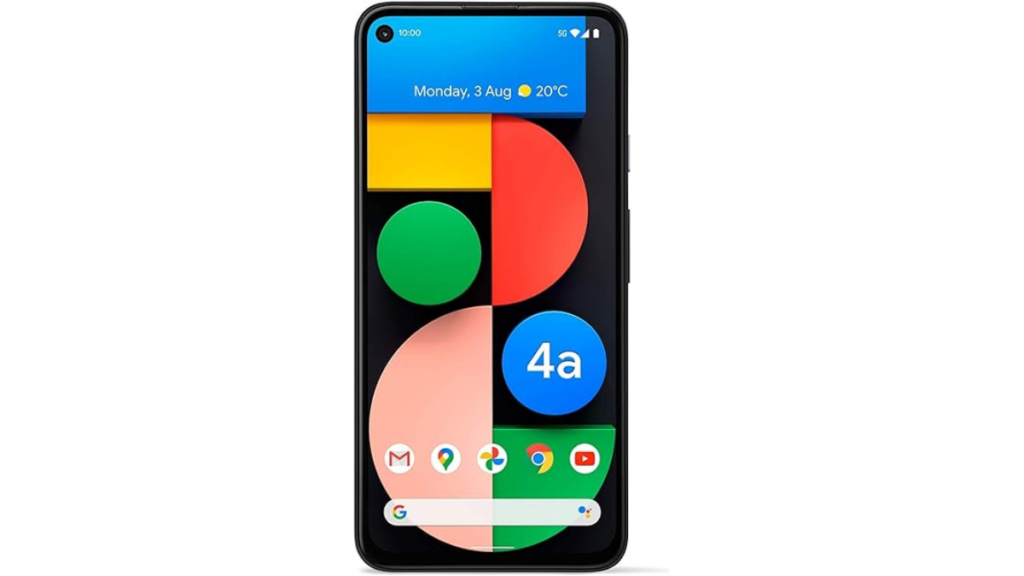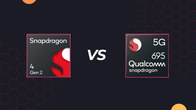
Almost every consumer device we use daily has some form of display, and the brightness of these displays is crucial for their use. So here we will see what display brightness means and learn about the various terms related to display brightness. This includes nits, luminance, candelas, lumen, lux, etc. Out of these, you may have seen the word nits mentioned in various device specifications. Here, we will understand what exactly it is, how display brightness impacts users, the different factors affecting the brightness of displays and how to adjust the brightness on your device.
Table of Contents
What is display brightness?
- Brightness lets you see visuals and text on the screen. So, display brightness refers to how bright a display appears. Differently put, it is the perceived intensity of light emitted by a display.
- The display brightness is measured in nits. Note it is the value for perceived intensity. So, it is subjective and not an objective measurement.
You can also objectively measure the amount of light emitted from a certain direction and a certain portion of the display. That is called Display Luminance and it is measured in Candelas.
Understanding display brightness terminologies
What is nits?
- A Nit is the unit of measurement for brightness for a given area of the display. It is generally used in the context of electronic displays.
- It is derived from the Latin word “nitere,” which means to look bright.
- It is also represented as nt.
- The higher the nits value of a display, the brighter the display would appear to you. The on-screen elements will appear clearer on a display with higher nits.
What is candelas?
- Candelas is the unit of objective measurement for luminance/luminous intensity. It measures the amount of light emitted by a lighting device in a particular direction.
- It is latin for candles.
- It is represented in CD.
What is the relation between nits and candelas?
- One nit equals the amount of light emitted by one candela per square meter (1 nt = 1 cd/m²). So, 6,000 nits is equivalent to 6,000 candles lit in one square meter.
- Brightness is measured in nits and luminance is measured in candela.
What is lumen?
Lumen represents the total amount of light emitted by a lighting device (source). It is represented in L.

What is lux?
Lux is the unit of measurement for illuminance, which is the amount of light hitting a surface.
Auto Brightness/ Adaptive Brightness
Modern devices like smartphones can automatically adjust the brightness depending on ambient light. The device uses sensors to detect the surrounding light conditions and accordingly change the display brightness. Indoors, auto brightness will range within the typical brightness level.
Peak Brightness vs Max Brightness
- Max Brightness is the maximum level of brightness emitted by the entire display in normal conditions. It is also called Typical brightness.
- Peak Brightness is measured in a controlled environment. It can be useful in situations like while playing HDR videos (also called a real scene) or consuming the display under sunlight. The display may not hit Peak Brightness in everyday scenarios.
- Max brightness is meant for the entire display whereas Peak Brightness is the maximum brightness for a small display area/window.
What is High Brightness Mode?
- A device with High Brightness Mode (HMB) can surpass the rated typical/max brightness when required in Auto/Adaptive Brightness Mode.
- The display can sustain it for a few minutes only.

Why is it important to understand display brightness?
- Once we understand the above terminologies and have a fair idea about display brightness, we can know the true brightness capability of a display.
- Once we know the maximum supported brightness, we can adjust the brightness levels to match our requirements.
- Knowing the nits of a display, let us compare it against the display of other devices, and choose a brighter screen.
- Lowering the brightness of the display in a dim environment can help you reduce power consumption.
- Brightness also plays a vital role in the contrast and dynamic range of a picture. Higher brightness allows a better HDR experience, meaning visible details in highlights and shadows.
Factors affecting display brightness
- Ambient lighting conditions: If the ambient light is low, the display brightness is required to be low only. But as the surrounding light rises, the display brightness will need to rise too.
- Screen technology: Although OLED can light up each individual pixel, LCDs can traditionally present brighter overall panels. Modern higher-end LCD and OLED TVs and other devices claim higher peak brightness levels.
- Distance between the display and the user: The closer you are to the display, the brighter the panel will appear, and vice versa.
- Viewing angle: Even the angle from which you are viewing the display matters. If you view the screen from an off angle, then it won’t appear that bright.
- User settings: User settings like auto-brightness, sleep mode, power saver mode or if the user has manually set low brightness then that can impact the perceived brightness.
Display brightness for modern devices
Smartphones/Tablets: Up to 6,000 nits
- Brightness matters on smartphones for readability outdoors and visual experience in gaming and video playback.
- Although this can be relative to the ambient light, somewhere around 200 to 300 nits is fine while using smartphones indoors and if you use them outdoors, at least 600 nits is required. However, higher peak brightness and high brightness mode can be useful under harsh sunlight.
- Realme GT 6T boasts 6,000 nits of peak brightness.
| Name | Peak brightness | Max brightness |
| Realme GT 6T | 6,000 nits | 1,000 nits, 1,600 nits (HBM) |
| Realme GT Neo 6 SE | 6,000 nits | 1,600 nits (HBM) |
| Honor Magic 6 Pro | 5,000 nits | 1,600 nits (HBM) |
| Realme GT 5 Pro | 4,500 nits | 1,600 nits |
| OPPO Find X7 Ultra | 4,500 nits | 2,600 nits (HBM) |
| Xiaomi 14 Pro | 3,000 nits | 1,000 nits |
| Vivo X100 Ultra | 3,000 nits | NA |
| iQOO 12 | 3,000 nits | 1,400 nits |
| Samsung Galaxy S24 Ultra | 2,600 nits | NA |
| Google Pixel 8 Pro | 2,400 nits | 1,600 nits |
| iPhone 15 Pro Max/15 Pro | 2,000 nits | 1,000 nits |

Laptops/Monitors: Up to 1,200 nits
- Besides everyday use cases and gaming, the brightness of a laptop or monitor matters while using professional applications for tasks like graphic design, photo/video editing, video production, etc. Brightness is important for judging colour accuracy and details.
- You can get laptops like the HP Dragonfly Pro Chromebook or Lenovo Slim Pro 9i 16 (Gen 8) with over 1,200 nits of brightness in the market.
TVs: Up to 10,000 nits
- A bright TV can be visually comforting to consume movies, play games, etc.
- Factors like sitting distance and viewing angle from the screen and panel type matter a lot in this case.
- Most TVs can do justice to SDR content but in the case of HDR content, brighter TV screens with a minimum of 400nits are required. The peak brightness for Dolby Vision is mastered at 10,000 nits, while HDR10 is mastered between 1,000 nits and 4,000 nits.
- TCL X11H Max and Hisense 110UX hit 10,000 nits peak brightness.
Projectors: Up to 2,500 lumens
- Since the content is projected on an external screen, the brightness matters for the projected visual to be clear, sharp, colour-accurate and visible under different lighting conditions.
- Epson LS12000 sports up to 2,500 lumens.
Smartwatches: Up to 3,000 nits
Smartwatches are worn out and about. So, their outdoor visibility matters, which is where their brightness matter. It will help you make out the on-screen elements better and also aid in overall readability.
Apple Watch Ultra 2 rocks up to 3,000 nits peak brightness.

How to adjust display brightness
You would want to adjust the display brightness for a better viewing experience. If the display is kept at high brightness for a long time, that can result in power consumption and generate heat. In some cases, primarily in OLED panels, there can be a burn-in risk too.
So, here’s how you can adjust display brightness on various devices:
Adjust brightness on Windows PCs and laptops
Go to Action Center on the right side of the taskbar, and there you will find the brightness slider. Slide that left or right to adjust the brightness.
Adjust brightness on Macs
Go to Control Center on the right side of the top menu bar and there you will find the brightness slider named Display. Slide that left or right to adjust the brightness.
Adjust brightness on iPhones/iPads
Go to the Control Center and drag the brightness slider up or down to adjust brightness.
Adjust brightness on Android phones/tablets
Swipe down to see the quick settings menu. It may be above the notification panel. Drag the brightness slider to adjust the brightness.
FAQs
How can I measure display brightness?
You can use a digital lux meter to measure a display’s brightness.
What is Extra Brightness Mode on Samsung phones?
Within OneUI display settings, you can enable Extra Brightness Mode to get 1.6 times higher brightness than what adaptive brightness mode can deliver.
Does Peak Brightness matter?
Peak Brightness doesn’t matter in regular use. It is applicable only for a small display window under highly bright ambient conditions. While purchasing a device, you should also consider associated factors like typical brightness level, contrast ratio, black levels, and how it handles artefacts. Also, not all content can hit the peak level of brightness.




















